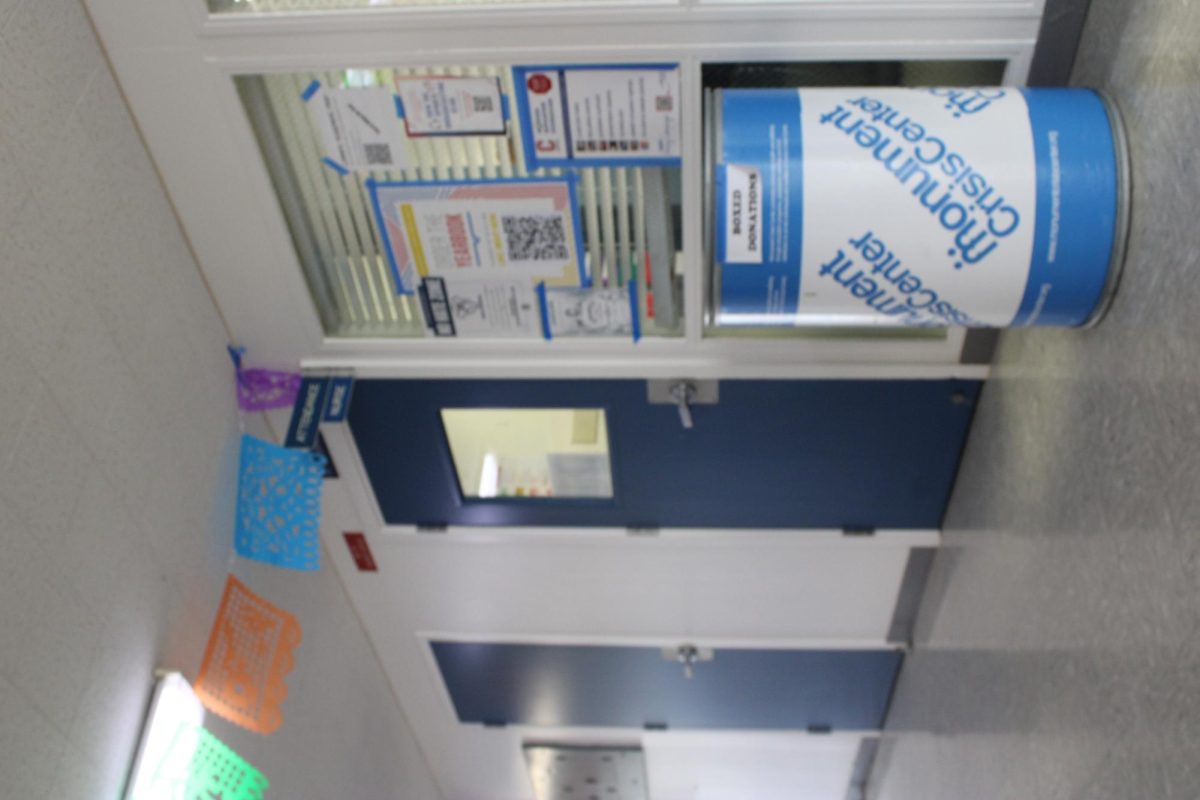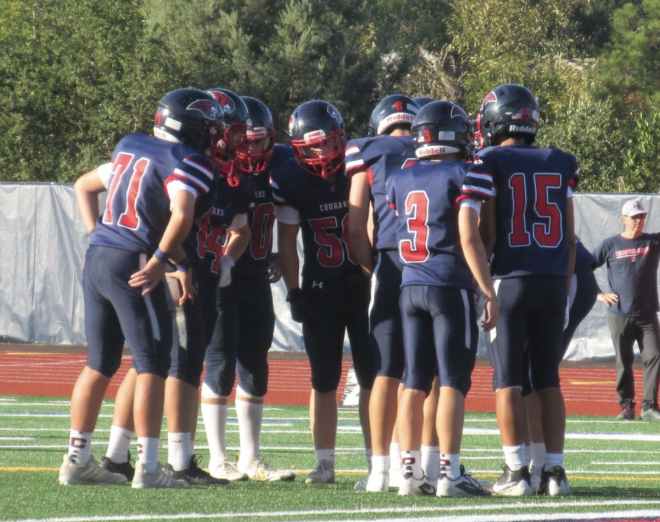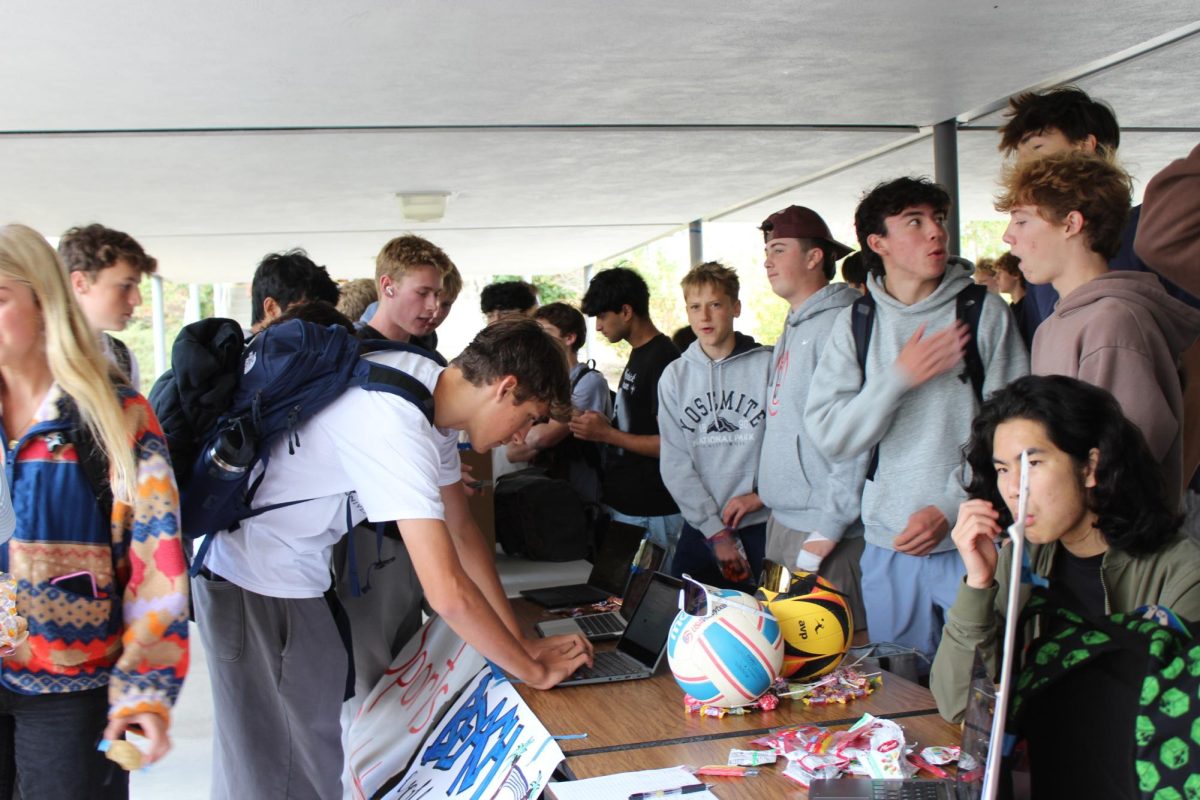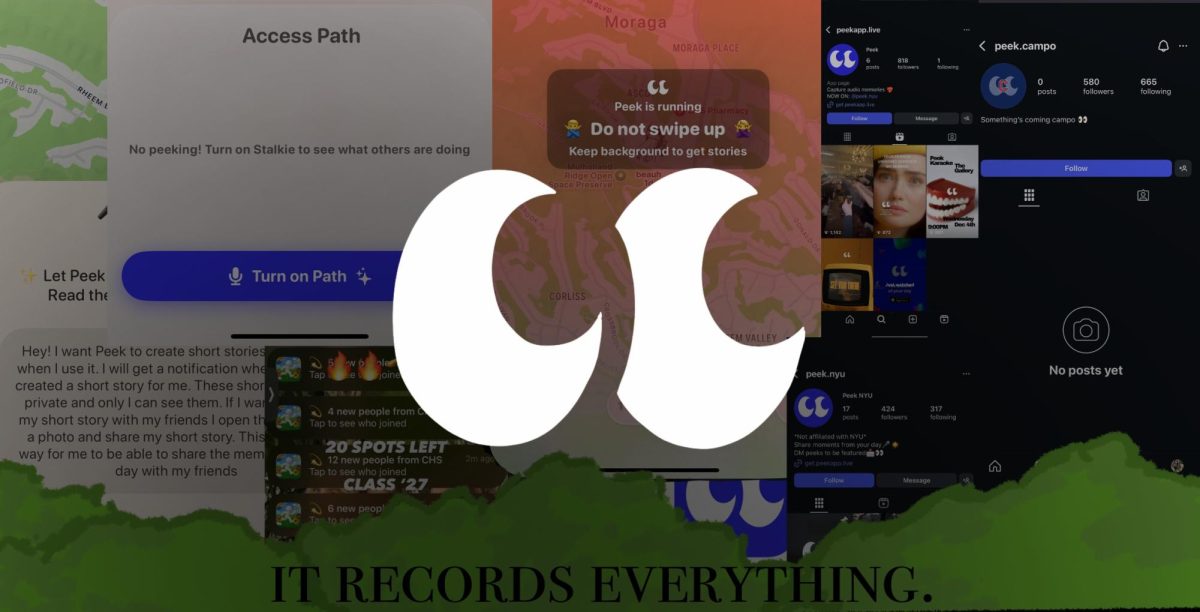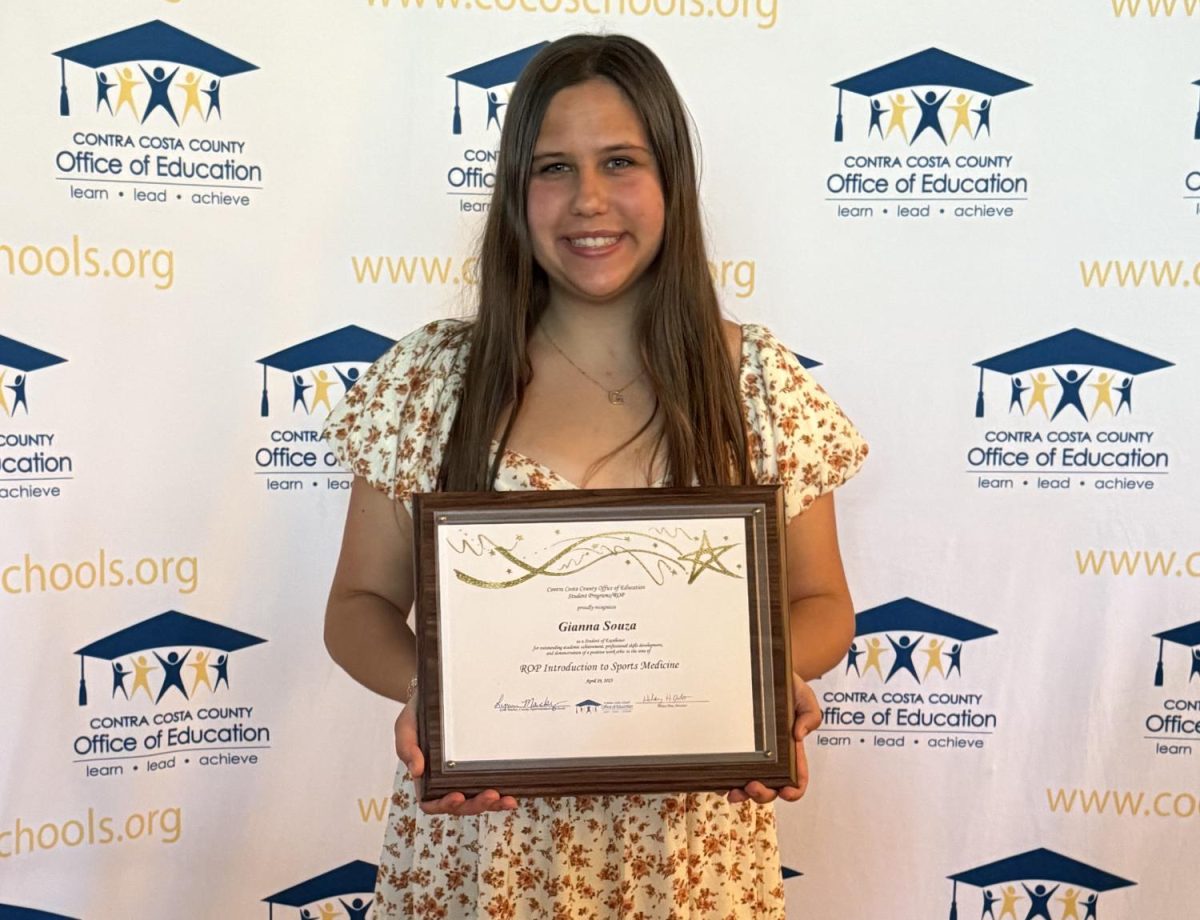Remember the many hours you passed as a child in front of the television, head resting on the shoulder of one of your loved ones or reclining on a pile of cushions, watching movies or cartoons. Your eyes were probably glued to the bright screen, focusing intently as your favorite superheroes ran across, hypnotized by a world that you so desperately wished to enter.
There must have been a time in your life when you wanted to be an actor or actress, or perhaps, you were cultured enough to aspire to becoming a producer or director. Remember these things, and then imagine standing in the same place where some of the “biggest names” in today’s media industry once stood.
For some of the 15 students who went on the video production III/IV class field trip last Wednesday, this was a reality.
When junior Vikram Bhaduri walked into the lobby of Berkeley’s Saul Zaentz Media Center, he couldn’t help but be moved by the film posters and pictures of famous producers covering the wall. “When I saw all of these film posters and pictures of these famous people, I was overcome with shock because I realized that I was standing where these ‘big names’ on the wall used to stand,” he said.
The Saul Zaentz Media Center consist of the Berkeley Digital Film Institute and Colorflow Studios. The video production class toured both for 4 hours.
At the Berkeley Digital Film Institute, the class toured 2 editing studios and 1 of the 6 viewing rooms, where they watched 2 videos made by students from the institute. Their tour guide also described the 2-year program and the curriculum.
They also learned about job opportunities for graduates of the institute. Junior Jonathan Rowland said, “This field trip allowed me to experience both the workplace in the industry and the education required to be in the industry.” Bhaduri said that “students who demonstrate enough prowess and drive” will go far after graduating from the institute. According to Bhaduri, many of its students end up working for huge companies, such as HBO and Lucasfilm.
After spending a couple of hours at the institute, the class visited the Colorflow Studios. Students toured the facilities and watched a demonstration of the color corrections done at the studio. There were 3 different rooms: one for commercials, another for short films, and the largest for full feature films. In the 3rd room, students watched a movie screen, as their tour guide taught them certain aspects of color correction by example. They learned by looking at “before” and “after” pictures to emphasize the differences. The class also watched a clip from an indie film that is in the process of being shot in South Africa.
Finally, the class ended their day with 3 to 4 hours at the Alameda Pinball Museum for some fun and to practice the steadicam technique. Students played on pinball machines, ranging from the 1930s to current models. Contrary to a normal museum, all of the machines could be played and, to Bhaduri’s delight, there weren’t any “do not touch signs.”
While some of the students played pinball, a select few practiced the steadicam technique. The cameramen wore vests that have little knobs on them so as to attach to a long metal arm with a camera on it. This allowed them to take panning shots and “walk and talk” shots with minimal set-up requirements.
